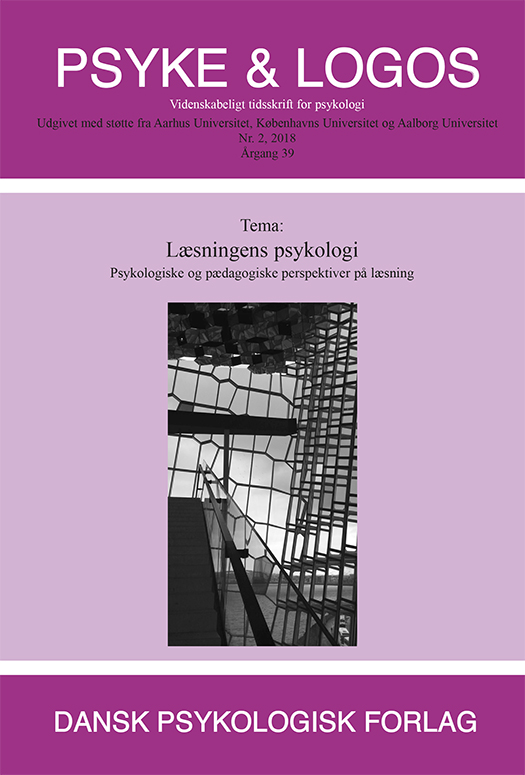Early reading development in various alphabetic languages
Betydningen av forskjeller i ortografisk dybde
DOI:
https://doi.org/10.7146/pl.v39i2.112412Keywords:
læseudvikling, ortografi, skriftsprog, læsningAbstract
Research on children’s early literacy development is mainly conducted in English-speaking countries. However, questions have been raised about the generalisability of this research. English is characterised as a non-regular orthography with a low correspondence between the sounds in oral language and the letters in script. Most other European orthographies are far more regular with a close correspondence between sounds and letters. Research has shown that children’s early reading skills develop quicker in regular orthographies, and that differences in orthographic regularity also have an impact on the strategies used when reading different words. Moreover, studies have shown that the relationship between cognitive and language skills and reading is related to differences in orthographic regularity across languages.
The article discusses this research in light of theoretical models explaining how children learn to read, and also the possible implications of this research on instructional methods used in the classroom.
Downloads
Published
How to Cite
Issue
Section
License
Ophavsret er tidsskriftets og forfatternes. Det er gældende praksis, at artikler publiceret i Psyke & Logos, som efterfølgende oversættes til andet sprog, af forfatteren frit kan publiceres i internationale tidsskrifter, dog således at det ved reference fremgår, at den oversatte artikel har et forlæg i en dansksproget version i Psyke & Logos. Artikler kan frit deles og linkes til på forsknings- og undervisningsnetværk (så som Blackboard). Link foretrækkes, fordi det giver oplysning om brug af tidsskriftets artikler.




